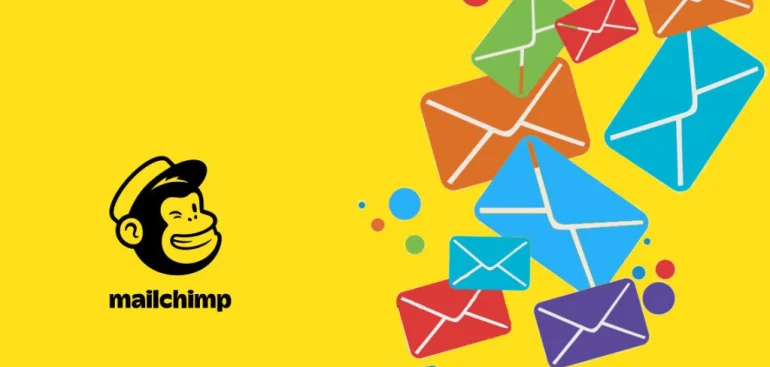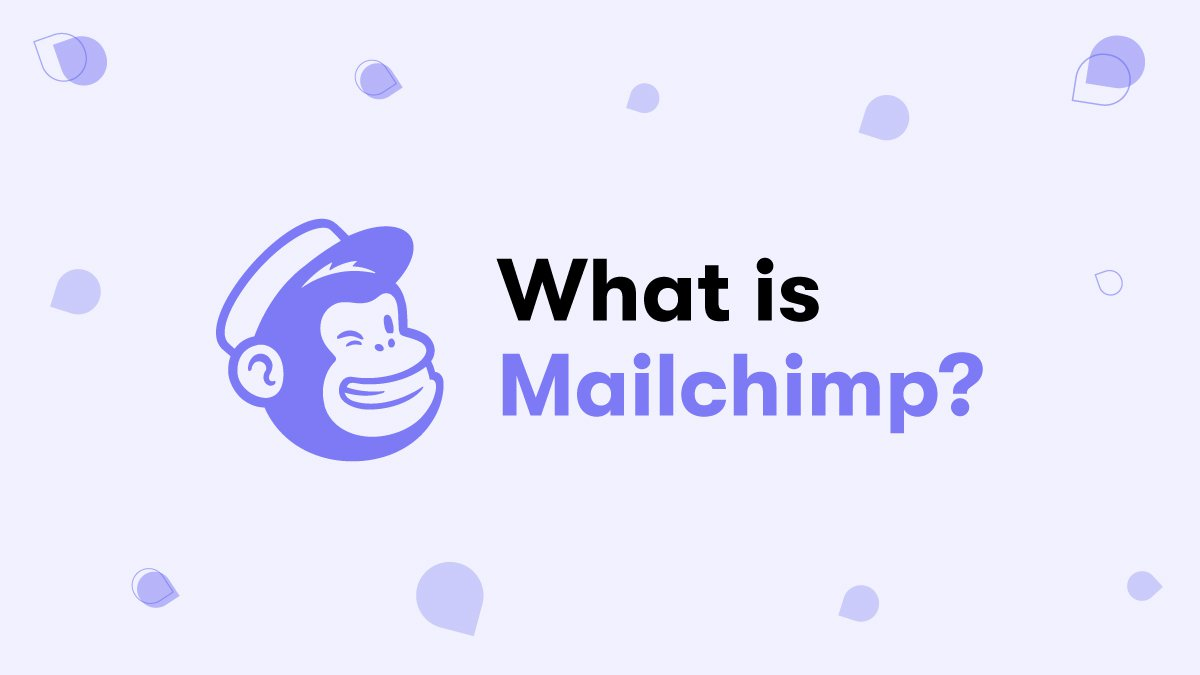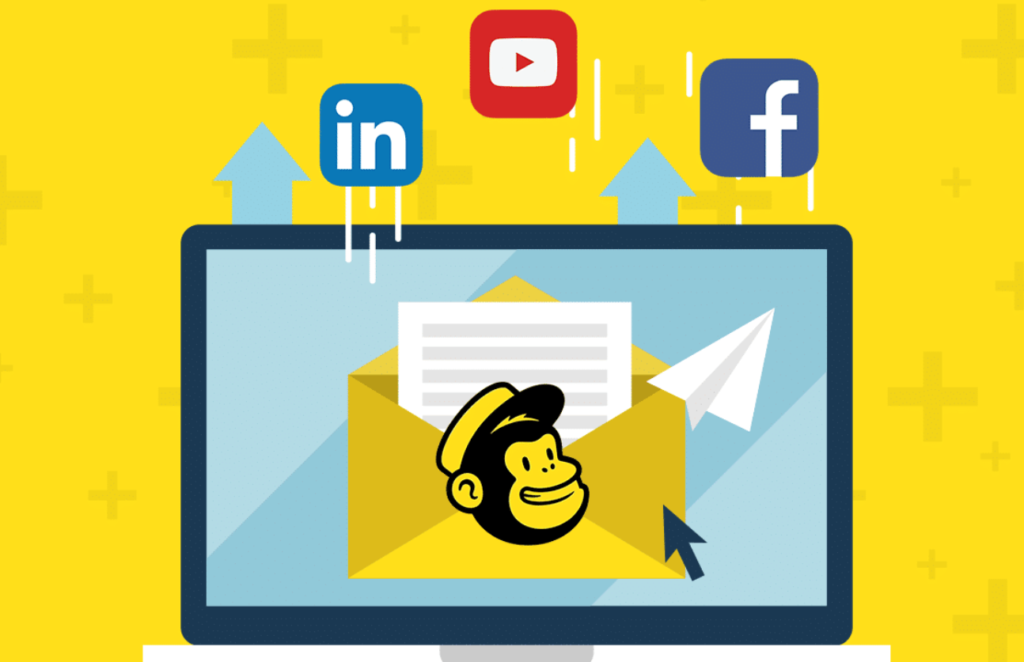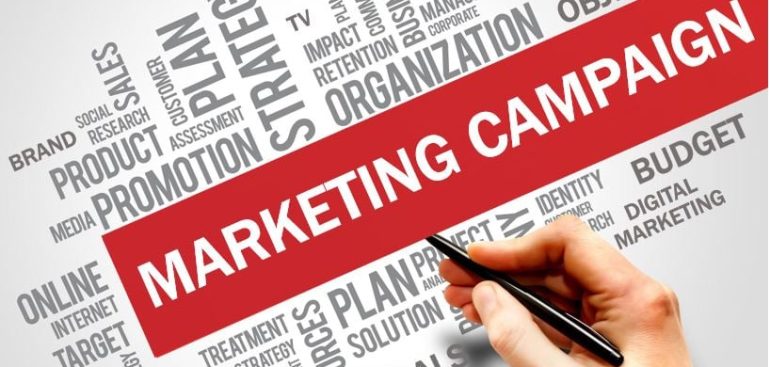You’ve undoubtedly heard of MailChimp if you’re new to email marketing. With good reason, it’s one of the most widely used platforms available. MailChimp provides a simple method for creating, sending, and managing email campaigns, regardless of whether you are a content producer, small business owner, or someone attempting to maintain a relationship with an audience. To get you started, this guide explains the fundamentals.
What is MailChimp?
Known for its email marketing solutions, MailChimp is a comprehensive marketing platform. However, it provides more than just email; it also has features like e-commerce connectors, automation, social media scheduling, and landing pages. Nevertheless, Mailchimp’s core competency remains email marketing.
Why Choose MailChimp?
- User-friendly interface: MailChimp’s drag-and-drop editor and simple dashboard make things simple, even for non-techies.
- There is a free plan available: The free plan, which is ideal for new users, permits up to 1,000 emails and 500 contacts per month.
- Pre-made templates: Simply select a template and alter it to create stunning emails without needing to be a designer.
- Automation tools: Easily set up re-engagement campaigns, birthday offers, and welcome emails.
Setting Up Your First Campaign
- Register for an account by going to Mailchimp.com. It just takes a few minutes and is an easy process.
- Include Your Viewers: Either manually enter email addresses or import your contacts from a spreadsheet. Use contacts who have consented to receive emails from you only.
- Create an Email: To add text, buttons, photos, and more, use the email builder’s drag-and-drop feature. You can see a preview of your email on a desktop computer and a mobile device.
- Launch Your Campaign: Decide on your target audience, write a subject line for your email, and choose the send time.
- Examine Your Results: Mailchimp provides you with an analysis of the campaign’s performance once it is launched. To help you write better emails in the future, you’ll see open rates, click rates, and more.
Tips for Better Email Marketing
- Keep it simple: Each email should only have one clear message or objective.
- Employ personalization: To make your emails seem more intimate, include the recipient’s first name.
- Divide your list into segments: Different people require different messages. Make divisions according to behavior, hobbies, or geography.
- Test before sending: To ensure that everything appears correct and that links function as intended, always send a test email to yourself.
Final Thoughts
For those who are new to email marketing, Mailchimp is an excellent place to start. It’s simple to use, has a ton of useful features, and develops with your company. Mailchimp provides you all the resources you need to successfully send newsletters, advertise goods, or just keep in touch.
So go ahead and register, experiment, and begin cultivating those connections, one email at a time.









 Lead generation campaigns are a vital part of any marketing strategy aimed at attracting potential customers and converting them into leads. In this guide, we’ll delve into the key elements of running effective lead generation campaigns to help businesses drive quality leads and achieve their growth objectives.
Lead generation campaigns are a vital part of any marketing strategy aimed at attracting potential customers and converting them into leads. In this guide, we’ll delve into the key elements of running effective lead generation campaigns to help businesses drive quality leads and achieve their growth objectives.